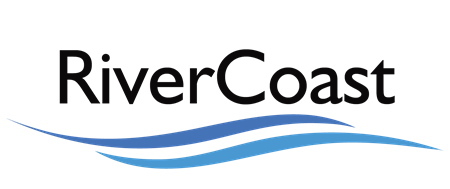Objectives: Trip Leader Candidates shall be familiar with terminology typically found in inland and marine forecasts, know multiple sources for obtaining forecasts, and able to assess the impact of forecasts on trip plans.
Course application and suggestions: I suggest reviewing sources for inland and marine weather forecasts. Please, write down terms that need clarification. In class, we can discuss and clarify any questions before you will need to apply as you develop a trip plan.
Below are some of my favorite resources.
General Use. In the USA, most of us are familiar with Accuweather, Weather.com, and Weather Underground. These services generally source their information from the National Weather Service – an excellent resource for real time and forecasted information.
Local Marine Observations. The National Oceanic and Atmospheric Adminstration (NOAA) provides local marine observations. For San Luis Pass, station 8771972 provides graphs for winds/air temperature/baraometric pressure and water temperature.
Surfers and Sailors. Many of appreciate resources that sailors and surfers frequent. Have fun with Windy.com, Wind Guru, Surfline, and Magic Seaweed. Alex Hickman’s blog (2018) reviews his favorite websites for surf (and weather).
Indepth. My favorite educational resource for both weather and navigation is David Burch’s Starpath books and coursework. Warning – Starpath provides depth that I never knew existed and – several courses in – I’m just beginning to master.
Nice Summary (just take what you need and leave the rest). For our objectives here, Burch’s blog entitled Marine Weather Workhorses … and Secret Sources (22-Oct-2018) provides a summary of primary marine weather resources including NOAA Weather Radio via VHF and coastal forecasts and buoy data via web access, downloads, email, and phone. Try out three of his suggestions … or dig down deep for them all in the blog post (or book and online course).

